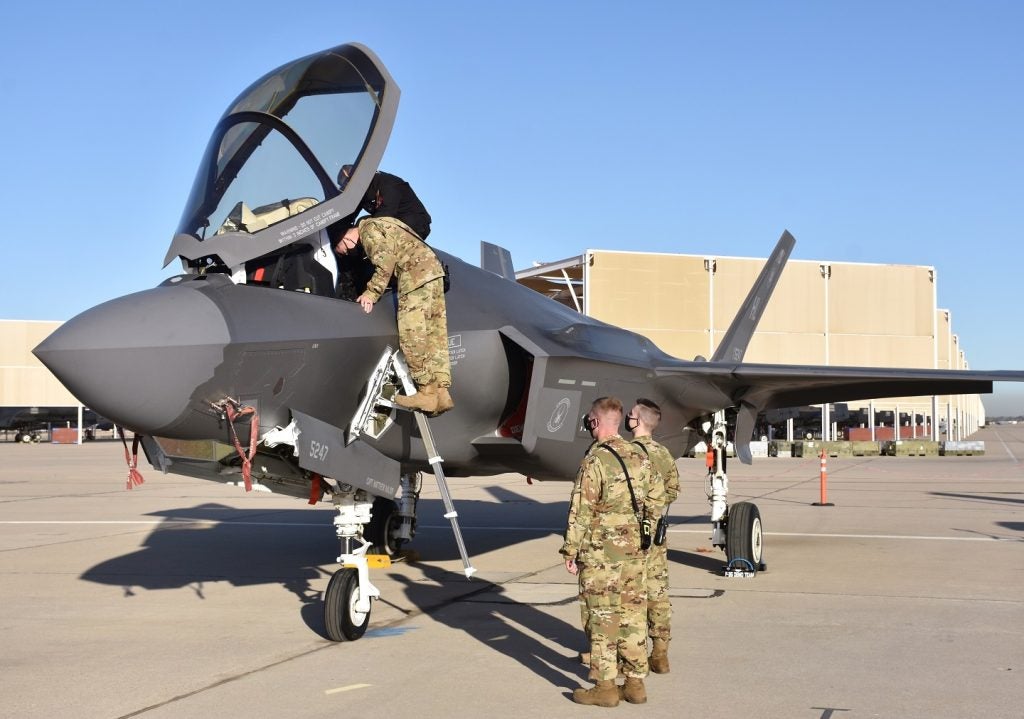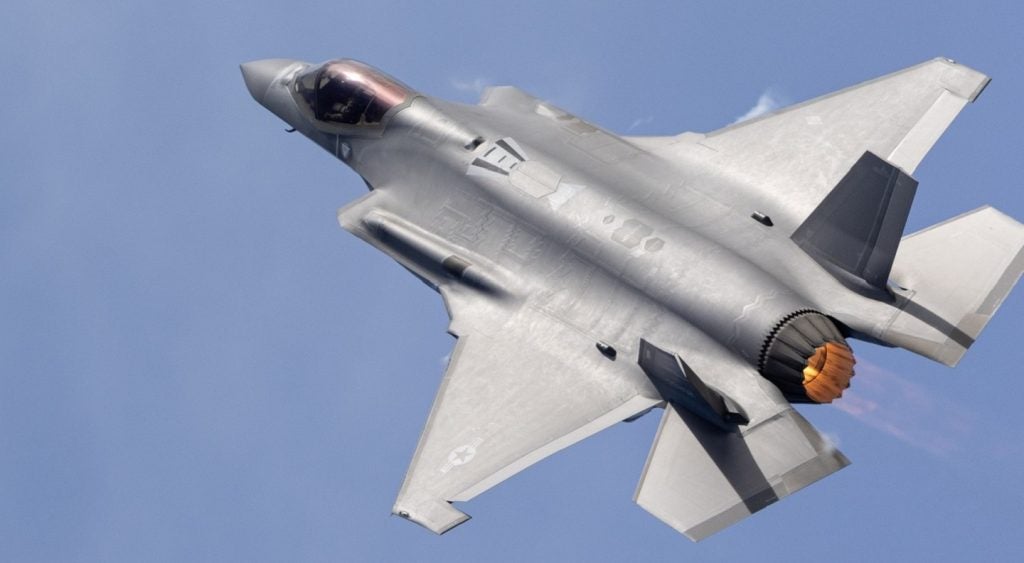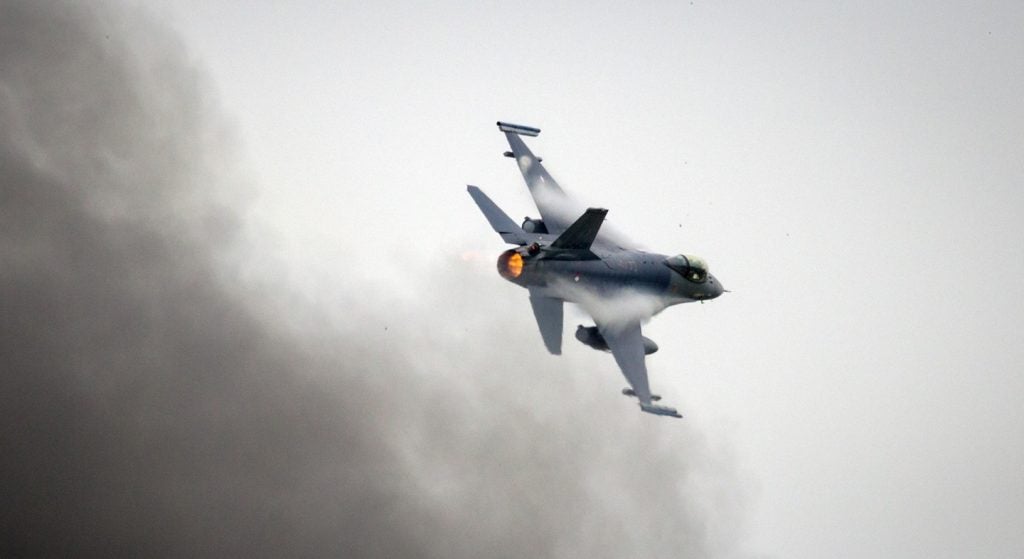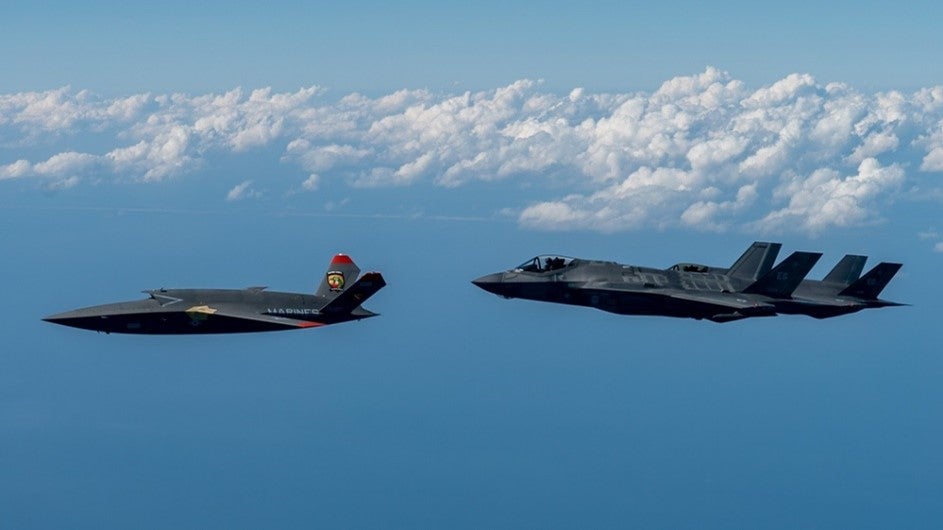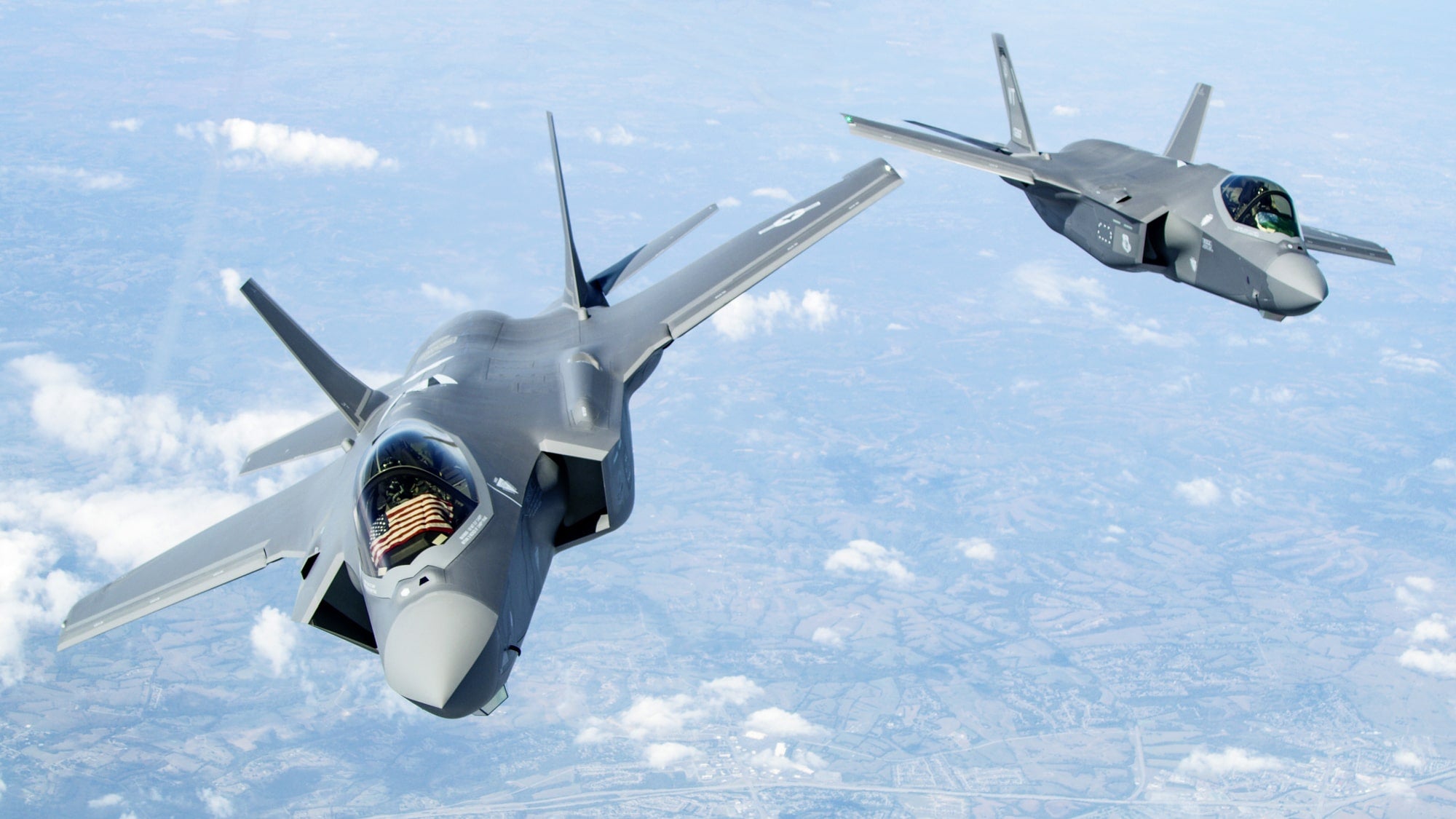
During a press briefing last week, US Air Force Chief of Staff General Charles Q. Brown, Jr compared the F-35 to a Ferrari, saying he wanted to ‘moderate’ how the aircraft was being used. The USAF has the ambition to order a total of 1,763 F-35As; the model was originally seen as a replacement for the F-16.
Brown said: “You don’t drive your Ferrari to work every day, you only drive it on Sundays. This is our ‘high end’ [fighter], we want to make sure we don’t use it all for the low-end fight.”
Brown’s comments about a new F-16 replacement and the recent acquisition of the F-15EX have been seen by many as a signal that the F-35 project has failed, however, it can also be seen as an acknowledgement that the Lockheed Martin stealth jet is not a magic bullet that will solve all of the USAF’s problems.
Royal United Services Institute (RUSI) research fellow and editor of RUSI Defence Systems Justin Bronk told Air Force Technology that Brown’s desire to explore options for a ‘fifth-generation minus’ clean-sheet design to replace the F-16 was a recognition that the F-35 is not an affordable replacement for the entire US Air Force fleet due to its operating costs.
Bronk added that in the regard the programme ‘has failed’ but added: “However, the aircraft itself is performing extremely well in exercises and frontline deployments – far outstripping any other existing option, and acquisition costs are stable at around $80m per aircraft – lower than many ‘4.5-generation’ rivals.”
 US Air Force Chief of Staff Air Force Chief of Staff Gen. Charles Q. Brown, Jr. Image: US Air Force.
US Air Force Chief of Staff Air Force Chief of Staff Gen. Charles Q. Brown, Jr. Image: US Air Force.
How well do you really know your competitors?
Access the most comprehensive Company Profiles on the market, powered by GlobalData. Save hours of research. Gain competitive edge.

Thank you!
Your download email will arrive shortly
Not ready to buy yet? Download a free sample
We are confident about the unique quality of our Company Profiles. However, we want you to make the most beneficial decision for your business, so we offer a free sample that you can download by submitting the below form
By GlobalDataDuring a Thursday media roundtable, Brown refuted claims the F-35 was a ‘failure’, saying the fighter was the ‘cornerstone of our [US Air Force’s] TacAir [tactical air] capability’.
Brown went on to say: “The F-35 is the cornerstone of what we’re pursuing. Now we’re going to have the F-35, we’re getting it out, and we’re going to have it for the future. The reason I’m looking at this fighter study is to have a better understanding of not only the F-35s we’re going to get but the other aspects of what complements the F-35. And looking 10 to 15 years out, because I want to be able to understand as I start trying to make decisions is what do we want to look like as an air force 15 years from now, with the F-35 as the cornerstone of our capability.”
When asked if the ongoing TacAir study would make a recommendation on the number of F-35s the US should look to acquire as its final fleet, Brown said: “What I want to do is do the study, and right now the number is the number that we’ve already laid out [1,763 F-35As]. And we’ll look at the study and what I’ve asked the team to do is give me provide me with options on how to take a look at this because I want to make sure we have the right capability.
“And that includes continuing to buy the 1,763 like we’ve already outlined, but we also have to take a look at it to make sure it has the capability we need with block four but also is affordable. I know we’re working with Lockheed Martin and others to ensure we do that because there are some cost pressures as well. But the intent is to continue on the number that we’ve laid out. And in using that study to help inform how we best get there.”
Answering a question on the future of the F-35 fleet from Air Force Technology during a Wednesday press briefing, Acting Assistant Secretary of the Air Force for Acquisition, Technology and Logistics Darlene Costello said: “There’s ongoing analysis, of course, always. And so those numbers, our programme of record is 1,763 at this point, and every year, the department at writ large looks at what is the right force. You’ve heard the chief reference ongoing analysis.”
 F-16. Image: US Air Force.
F-16. Image: US Air Force.
Bronk added that if the F-16 replacement does go ahead, the F-35A would still nonetheless form the ‘backbone’ of the US Air Force’s tactical fighter jet capability when it comes to high-end operations in contested areas in the coming decades. However, he added this would likely see the eventual fleet size shrink from the proposed 1,763 to one of between 600 and 1,000 jets.
Even this figure, Bronk added, was “still a huge programme of record” that would easily generate sustained investment from the US in capability growth throughout the rest of the aircraft’s service life for both the US and allied users of the aircraft.
In response to the same question, the US Air Force’s top uniformed acquisition officer Lieutenant General Duke Richardson said: “When Chief Brown was talking about that he was talking about the age of the fighter fleet and he was talking about the average age being 29 years of age. And so, he talked about it from that context; one of his priorities is actually digital acquisition.
“We’ve got a Chief here that’s fully embracing this, the things that Miss Costello and I are talking about today. And so, he’s got that in his mind, he’s seeing it applied to things like NGAD [Next Generation Air Dominance], to GBSD [Ground Based Strategic Deterrent], to T-7 to some other things. I mentioned some of the weapons programmes that were starting. He’s thinking about, is there a way to refresh my fighter fleet quicker. The other part that he mentioned is this idea of the tac air study.”
The US currently has two ongoing tactical air studies, one of which is being conducted by the USAF and the other through the Joint Staff, assessing what in Richardson’s words “that ultimate fighter fleet would look like.”
Richardson added: “I think chief Brown is very interested in making sure that he has the right tool for the right job, he would not want to apply one tool to every job, especially if it’s an expensive tool.
“We are so early in that process in terms of what those results will come out to be, or what sort of future programme they might even end up in. I wouldn’t be able to go any further than that, certainly until that study completes out, and I think we’re a couple of years out from that.”
Bronk added that the “analysis of General Brown’s alternative approach” would likely run into challenges due to the challenges of trying to create a “clean sheet relatively low-observable multirole fighter with open software architecture” for less than $80m – the current unit cost of an F-35A.
Bronk added: “ It would also require Congress to authorise another clean-sheet fighter programme alongside the US Air Force’s ongoing efforts to replace its KC-10 tankers with the troubled KC-46, replace the B-2 and B-1 bombers with the new B-21, supplement the F-22 fleet with the new NGAD, introduce highly-automated UAVs [uncrewed aerial vehicles] to supplement fighters in combat via the Skyborg programme, and replace the F-15C/D air superiority fleet with new F-15EXs.”
Development of the US Air Force’s next-generation air dominance or NGAD has also been seen by some as a threat to the F-35 or a tacit acknowledgement that the fighter does deliver what the air force wanted, however, Brown said the service did not plan to divert funding from the F-35 programme to pay for the future fighter.
Commenting on NGAD and F-35, Brown said: “As far as NGAD versus F-35. We’re not going to take money from F-35 to do NGAD. We’re going to look at some of the other parts of the fighter force to take a look at NGAD, to help fund NGAD. It’s [we] want to keep the F-35 on track, but also look at NGAD.”
NGAD made a stunning entrance to the public spotlight last summer when the USAF’s former Assistant Secretary of the Air Force for Acquisition, Technology and Logistics Will Roper announced the service had already built and flown a full-scale prototype of the aircraft.
Brown added: “Part of this is you look at some of the older platforms we have, and this is why I wanted to kind of do this study so I can see… as we bring in NGAD, and we start bringing down some of the older aircraft; one, to help get our average age down, but two, to make sure we don’t have a big gap in capability as we go forward as well.
“When I think about that capability, I’m also thinking about the threat that we see today but the threat we’re projecting for the future. I want to have an understanding, which is why the study to me is important so we don’t just build something without thinking about the threat but also thinking about the complete fighter force. Not just the F-35 or NGAD.”



